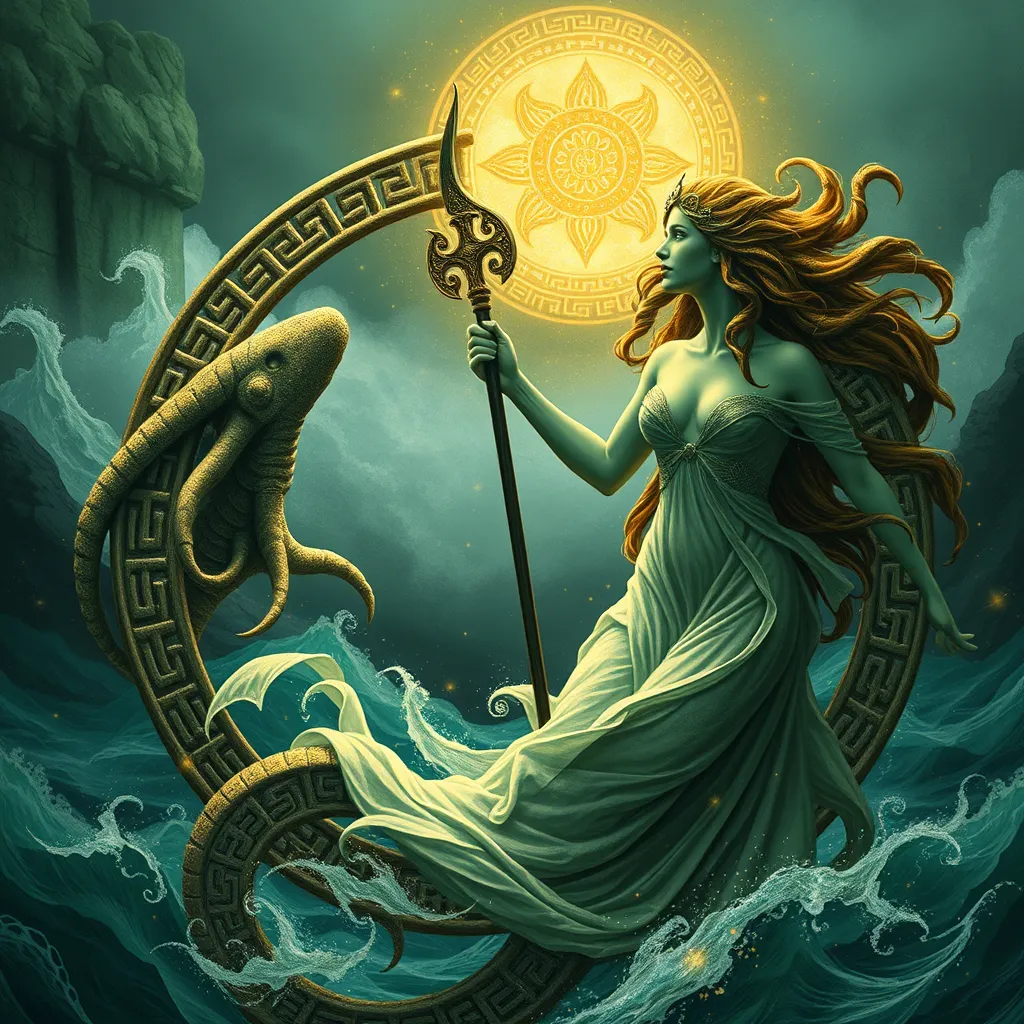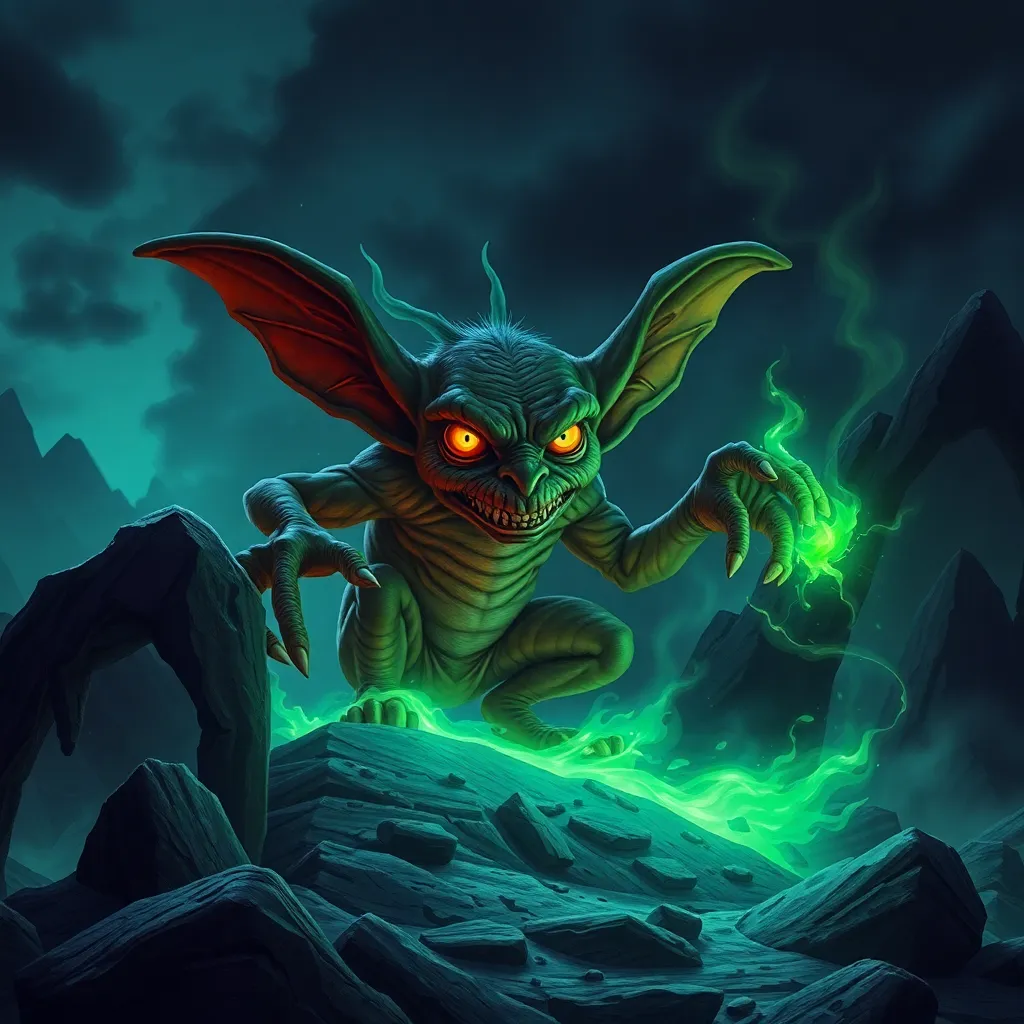The Lore of the Land: Exploring the Spirits of the Maori Tītipounamu
I. Introduction
Tītipounamu, often referred to as greenstone or jade, holds a profound significance in Maori culture. Its name is derived from the Maori language, where it symbolizes not only a precious stone but also embodies the spiritual connection between the Maori people and their land.
The importance of spirituality and a deep-rooted connection to the land is a cornerstone of Maori beliefs. In this context, Tītipounamu is not merely a physical object; it serves as a bridge between the tangible and the spiritual, linking the ancestors to the present and future generations.
This article aims to explore the rich lore surrounding Tītipounamu, delving into its historical context, the spirits associated with it, and its contemporary relevance in Maori culture.
II. Historical Context of Tītipounamu
The origins of Tītipounamu in Maori mythology are steeped in stories that recount its creation and significance. According to legend, Tītipounamu was formed from the tears of the gods, representing the emotional and spiritual connections that are integral to Maori identity.
The historical significance of the land is also paramount in Maori culture. The landscapes of Aotearoa (New Zealand) are not just physical spaces; they are imbued with the histories, stories, and spirits of the ancestors. Tītipounamu, being sourced from these lands, is a vital part of this heritage.
Traditionally, Tītipounamu has been used in various practices, such as crafting tools and ornaments, which were not only functional but also carried spiritual weight. These practices underscore the role of Tītipounamu in maintaining cultural continuity among Maori communities.
III. Understanding the Spirits of the Land
Maori spiritual beliefs are deeply intertwined with their understanding of the natural world. Spirits, or ‘wairua’, are considered to inhabit the land, waters, and skies, reflecting a holistic worldview that sees humans as part of a greater ecological system.
There are various types of spirits associated with Tītipounamu, including:
- Tūrehu: Spirits of the forest, often depicted as elusive beings protecting the woods.
- Wairua: Ancestral spirits that guide and protect the living.
- Tapu: Sacred entities linked with specific natural sites, which hold deep spiritual significance.
The relationship between the land, spirits, and the people is symbiotic. The Maori believe that by respecting the spirits of the land, they honor their ancestors and maintain a balance within their environment.
IV. The Symbolism of Tītipounamu
Tītipounamu carries profound cultural symbolism for the Maori. It is seen as a representation of strength, endurance, and connection to ancestors. Its unique green color is often associated with life, renewal, and nature.
In Maori culture, Tītipounamu is also a connection to identity and ancestry. Wearing or possessing Tītipounamu is a way of honoring one’s lineage and maintaining a connection to the past.
Moreover, Tītipounamu represents balance and harmony in nature. It serves as a reminder of the interconnectedness of all living things and the need to live in harmony with the environment.
V. Tītipounamu in Modern Maori Culture
Despite the passage of time, traditional beliefs surrounding Tītipounamu continue to thrive in contemporary Maori society. Many Maori still engage in the traditional practices of carving and gifting Tītipounamu, ensuring the perpetuation of these customs.
The role of Tītipounamu extends into the realms of art, storytelling, and education. Artists incorporate Tītipounamu into their works, telling stories that reflect the spirit and heritage of the Maori people. Educational initiatives often include lessons on the significance of Tītipounamu, promoting understanding among younger generations.
However, globalization poses challenges to these traditions. As Maori culture interacts with a broader global context, there is a risk of dilution. Nevertheless, many Maori are actively working to preserve their spiritual practices while adapting to modern influences.
VI. Environmental Significance
The relationship between Tītipounamu and environmental stewardship is critical. For the Maori, the land is sacred, and caring for it is a spiritual duty. Tītipounamu embodies this connection, reminding the people of their responsibility to protect and preserve their natural resources.
The spiritual implications of land conservation are profound. Protecting Tītipounamu and its surroundings is seen as a way to honor the ancestors and ensure that future generations can inherit a healthy and vibrant environment.
Case studies of Tītipounamu demonstrate its role in protecting natural resources. Initiatives that involve community engagement in conservation efforts often highlight the cultural importance of Tītipounamu, fostering a sense of unity and purpose among Maori communities.
VII. Challenges and Resilience
Modern challenges faced by Maori communities regarding Tītipounamu include issues such as land rights, environmental degradation, and cultural appropriation. These challenges threaten the traditional practices and spiritual beliefs tied to Tītipounamu.
Efforts to preserve and revitalize Maori spiritual traditions are ongoing. Many communities are engaged in initiatives that promote cultural education, language revival, and the practice of traditional crafts, ensuring that Tītipounamu remains a vibrant part of their heritage.
The resilience of Maori culture in the face of change is evident. Through community activism, cultural gatherings, and educational programs, the Maori people continue to assert their identity and protect their spiritual practices for generations to come.
VIII. Conclusion
In reflection, Tītipounamu and its associated spirits hold significant meaning within Maori culture. They embody a connection to the land, ancestors, and the natural world, reminding us of the importance of spirituality and cultural heritage.
Understanding and respecting Maori lore is essential, as it fosters appreciation for the rich traditions and beliefs that shape the identity of the Maori people. It is crucial for individuals and communities to engage with and support the preservation of Maori culture and heritage.
As we move forward, let us commit to appreciating and preserving the significance of Tītipounamu and the spiritual stories it represents, ensuring that this precious aspect of human heritage endures for future generations.



